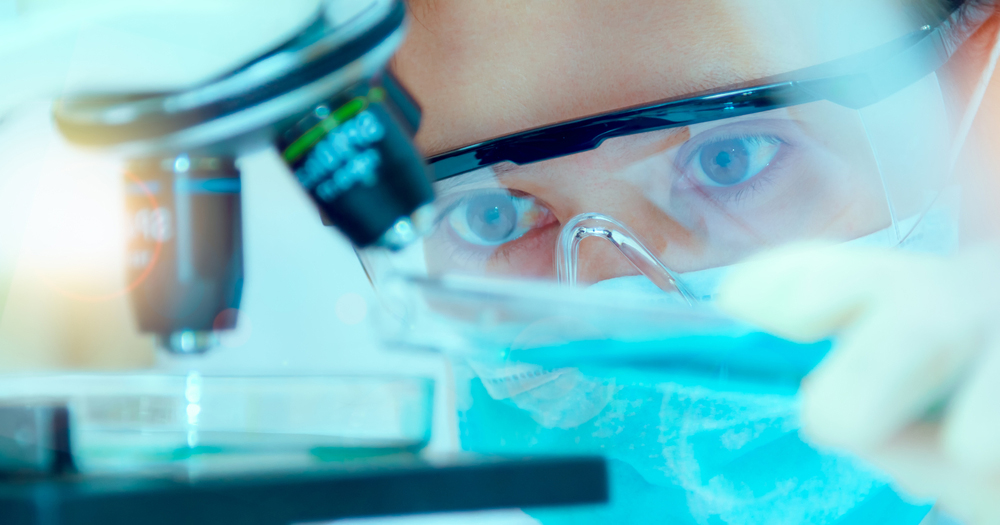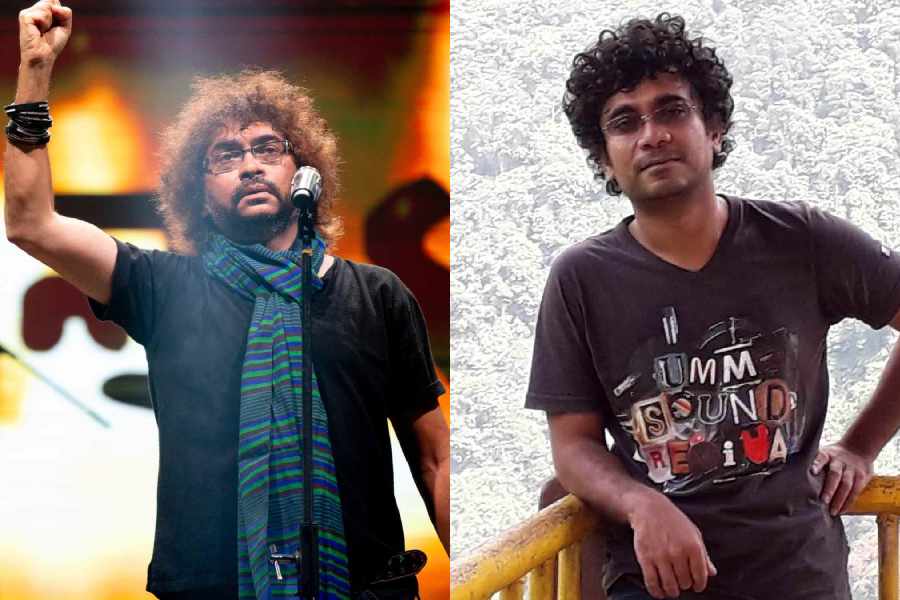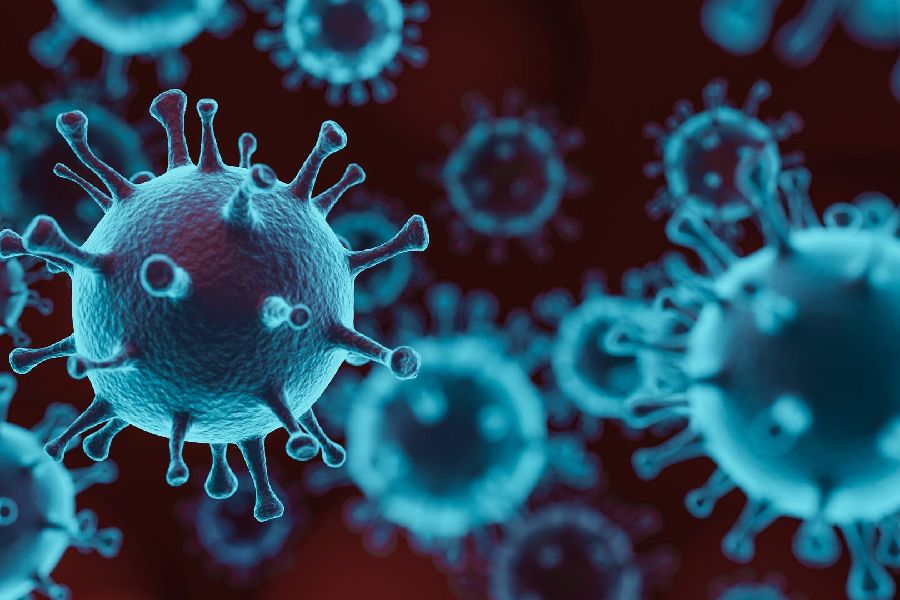Cases of the Covid-19 pandemic are rising every week, reaching different countries and infecting thousands. All of us have, at some time or the other, googled this powerful virus that has virtually brought the world to a standstill. The first thing we learn is that it is highly contagious; thus the need for social distancing and good hygiene. And by now, most of you have got used to compulsively washing your hands every hour but have you ever wondered about the people who deal with such contagion on a regular basis?
Scientists have always been working behind the scenes to protect humanity from microscopic terrorists, such as the coronavirus, at great risk to themselves. Researchers strive to increase knowledge of the biological sciences, of various illnesses and the pathogens responsible for them so that they can find a cure. They are always trying to identify a new receptor, understand the intricate biology of a microorganism, design a new drug or develop a novel vaccine. And in order to find the answers they want, they need to use these pathogens in their experiments. In other words, they have to develop a reasonably close working relationship with the organisms responsible for contagious diseases.
Many researchers use constructs of different viruses or different proteins and components of a microorganism for their study — that is, they do not use the whole pathogen. Other laboratories use the entire organism, whether it be cultured strains or clinical samples. The students and researchers coming in direct contact with these contagions need to walk the extra mile to be careful and avoid occupational hazards.
“I work with Chlamydia trachomatis, which is a commonly reported bacterial sexually transmitted disease. We use biosafety level 2 (BSL) facilities along with the use of N95 masks for experiments with pathogenic strains,” says Arkaprabha Banerjee, a graduate student at the Indiana University School of Medicine in Indianapolis, US.
There are different biosafety level facilities — from one to four — that have to be used while working with pathogenic or disease-causing organisms. The biosafety level while working with a microbe depends on its pathogenic efficacy (that is, how potent the organism is in causing an infection). After the experiment is completed, one has to also take great care to follow the proper guidelines while discarding the pathogenic samples. The samples need to be disinfected and then autoclaved (exposed to high temperature and pressure) to kill the organisms.
Arun Sharma, a PhD research fellow at the Translational Health Science and Technology Institute in Faridabad, works with Mycobacterium tuberculosis that causes tuberculosis. “We work in a biosafety level 3 facility and use personal protectives such as tyvek suits [whole body protective suit] and N95 masks. The major challenge is that there is no scope for errors and we need to be extra careful,” says Sharma. “For me, the driving force is the thirst for knowledge. During these times, I think the people as well as the government should realise the importance of science and of research, for which adequate funding is needed,” he points out.

(The Telegraph)
The life of researchers who work with disease-causing organisms is not easy. There is always the lurking danger of getting infected if there is ever a slip up in the precaution taking. Not only could these students get infected, there is always a risk that they could spread the infection to others.
While there are many difficulties in dealing with contagious agents, there is a fair share of rewards as well. It is fulfilling to do the work you love and the possibility that you may just gift the world a cure is strong motivation. Just as well because research involves failure and the path to finding out whether a concept will be successful or not is painstakingly long.
All the studies carried out do not end up benefiting mankind. But it is important to continue research work in both basic and translational sciences. Why? So that we might have a much larger reservoir of knowledge to access whenever we need answers to new questions.
Priya Rani works at the Indian Institute of Science in Bangalore. Her focus is the Coxsakievirus B3, which causes myocarditis, pancreatitis and aseptic meningitis. “The way we work in BSL3 is a little exhausting but it is to make sure we do not come in contact with any contagion.” She usually works in isolation but is highly motivated and says, “I feel proud that a cure will be found by someone like us.”
Sangita Paul works with Helicobacter pylori — designated a group 1 carcinogen by WHO — at the National Institute of Cholera and Enteric Diseases (ICMR-Niced) in Calcutta. “I isolate the bacteria from biopsy tissue samples obtained via endoscopy. Safety measures are taken, hands properly washed. It feels great to work on this, especially because doing translational research has always been my dream,” says the senior research fellow.
It is not only the researchers who flirt with danger; lab technicians who draw blood from infected patients for research are equally at risk. It is teamwork with each member taking extra caution with his or her work to dig up unknown facets of biology.
“While dealing with clinical samples we need to be sure about the ethics of the research, justify our requirement for samples and procure them with consent,” says Rima De. She is a second- year PhD student in Calcutta who works with the hepatitis C virus that leads to cirrhosis of liver and hepatocellular carcinoma. “The constant war between humans and pathogens is quite fascinating. Rapid mutations (changes) and drug resistance proves that the war is not ending anytime soon,” adds De when asked what motivates her.
Covid-19, the small RNA virus that is disrupting our daily life, is just a reminder of what these microscopic entities can do. Let us follow the recommended safety measures while acknowledging the work these researchers do so that the world might have the wherewithal necessary to fight contagions .










